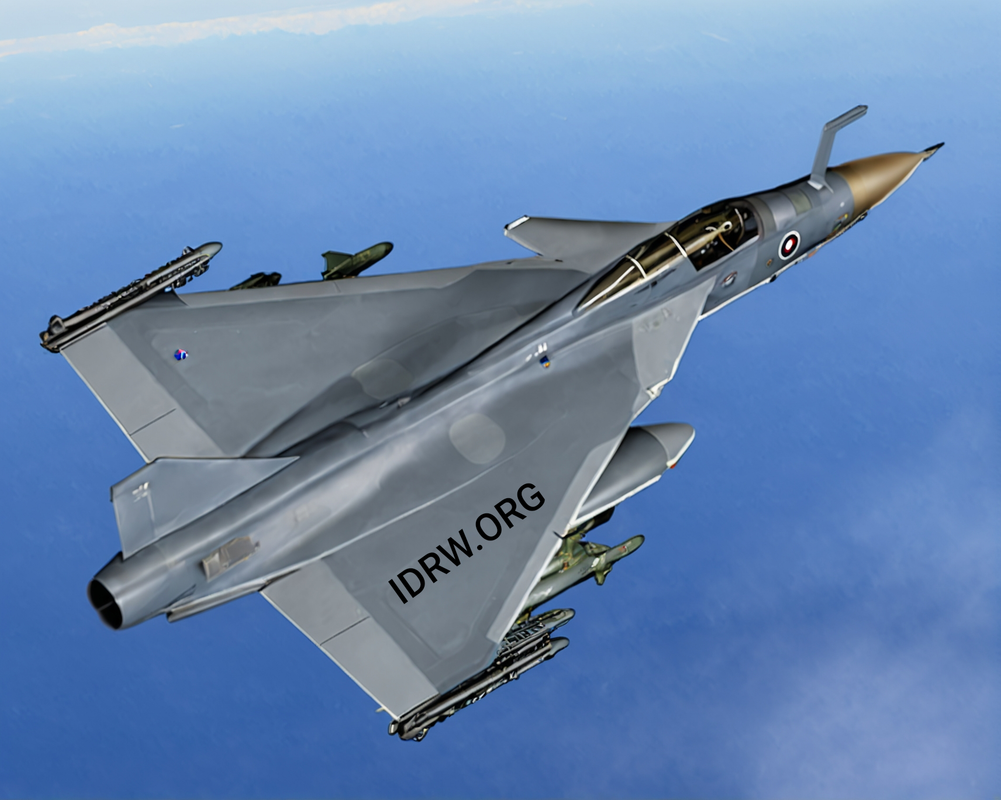SOURCE: AFI

French aerospace giant Safran is actively lobbying to jointly work on the development of a 110 kN engine specifically designed for India’s Advanced Medium Combat Aircraft (AMCA) program, with aims to produce a next-generation fifth-generation fighter jet has indicated that the new 110 kN engine could seamlessly integrate into the Tejas MkII platform if India opts to transition away from the F-414 engine. While current discussions focus on local production of the F-414, the prospect of a more powerful engine remains a significant consideration for future enhancements to the Tejas fleet.
The new 110 kN engine is projected to enter production around 2033-34, aligning closely with the timeline for the Tejas MkII, which is expected to commence production in 2029-2030. This parallel timeline presents an intriguing possibility for India, as the IAF considers its options for engine configurations in future aircraft.
The IAF plans to receive 120 Tejas MkII jets by the late 2030s. Once these deliveries are made, the IAF may reassess its engine options, particularly if operational requirements demand greater power or if the air superiority landscape shifts. Safran’s readiness to offer the 110 kN engine could provide the IAF with a critical upgrade path for the Tejas MkII, enhancing its capabilities for potential additional orders.
India’s commitment to indigenous defense production and self-reliance has fueled ongoing discussions regarding the local manufacturing of the F-414 engine. This engine is part of the IAF’s modernization efforts for the Tejas MkI and MkII platforms, with significant investments made to establish local production capabilities.
However, as Safran pushes forward with the 110 kN engine development, it raises questions about the future trajectory of India’s fighter jet programs. The decision to switch engines would not only depend on technical compatibility but also on strategic assessments of operational needs and geopolitical considerations.
As the race to develop the 110 kN engine for the AMCA program progresses, the implications for the Tejas MkII jet are becoming increasingly clear. Safran’s capability to adapt this engine for use in the Tejas MkII could provide the IAF with valuable options for enhancing its aerial capabilities in the coming years.